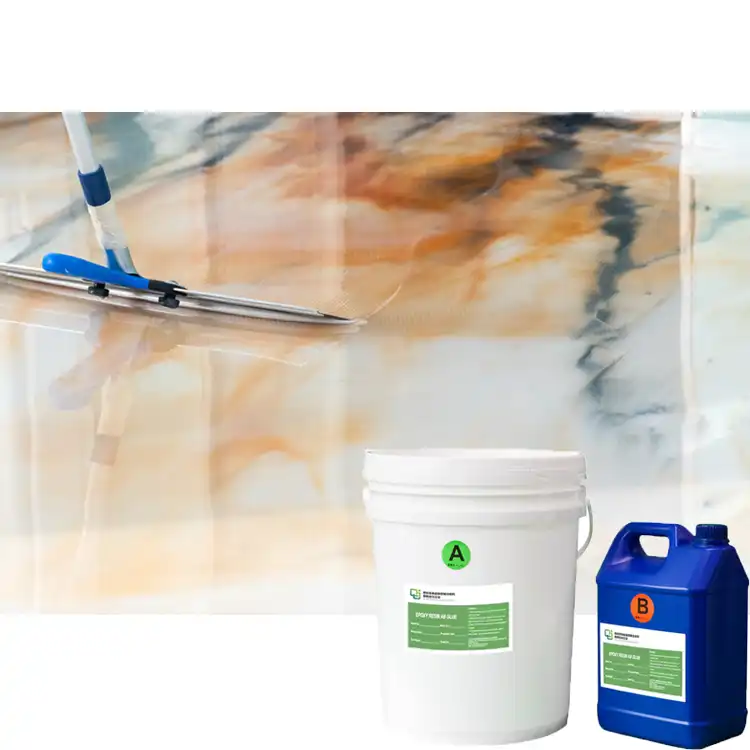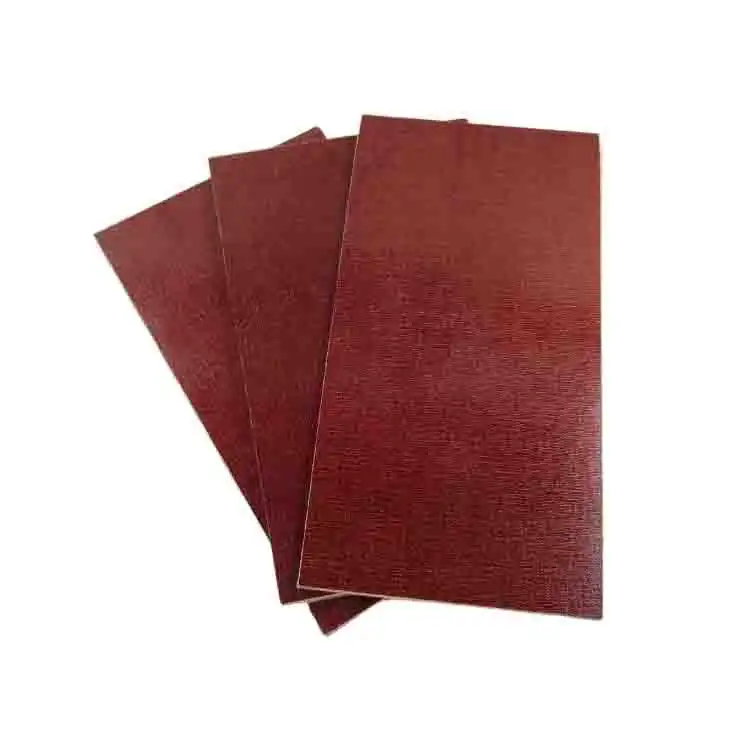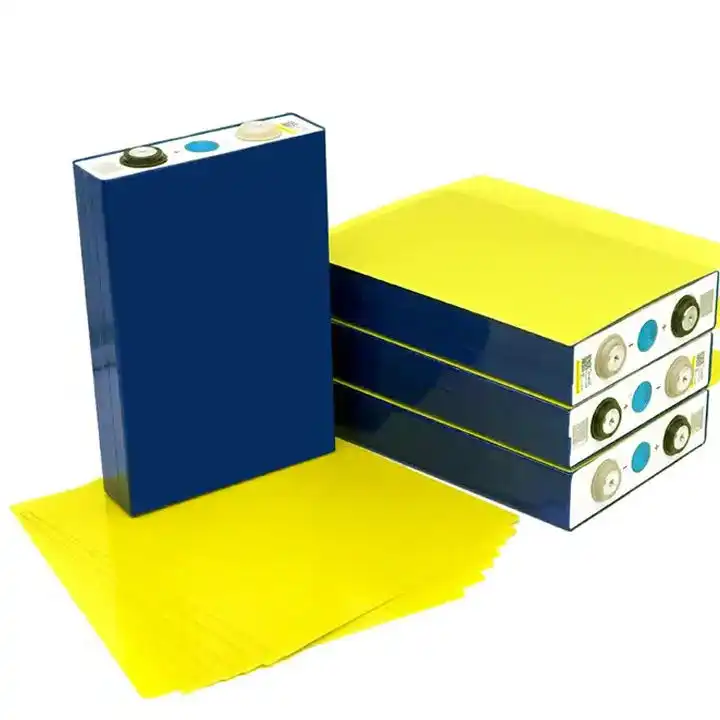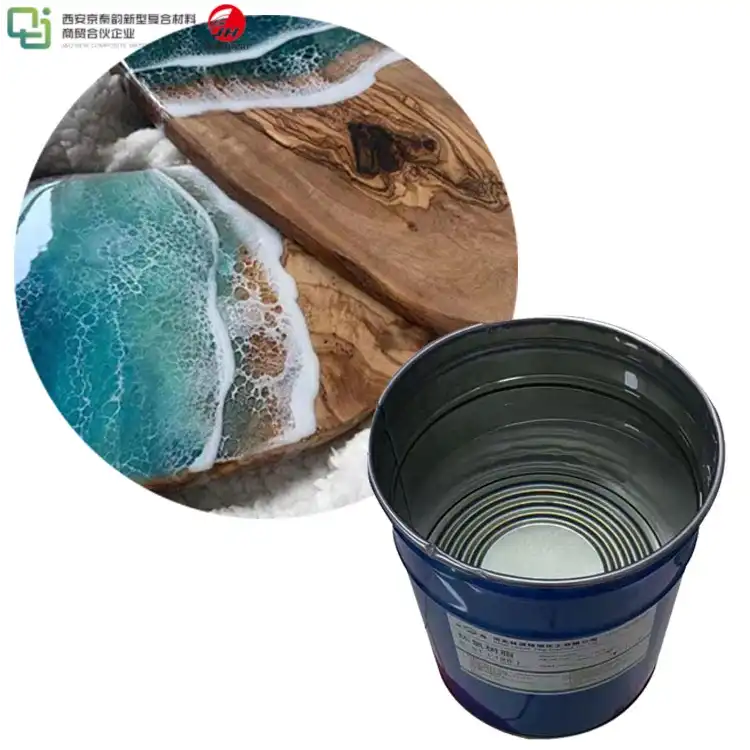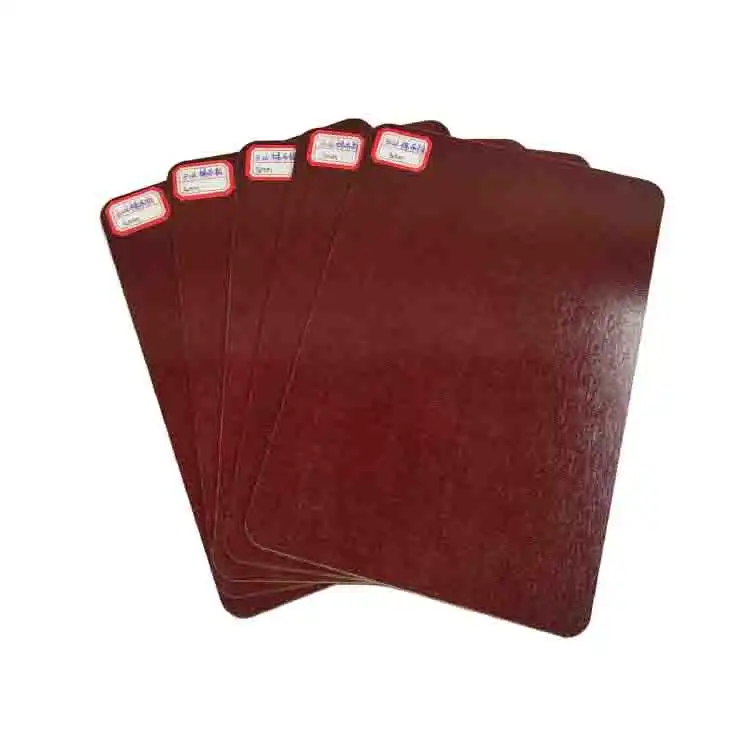What types of insulating materials are there? The insulation strength of insulating pipes!
2025-02-20 15:36:17
Insulating materials play a crucial role in various industries, and understanding their types and strengths is essential for optimal performance. There are numerous insulating materials available, including fiberglass, mineral wool, polyurethane foam, and ceramic fiber. Each type offers unique properties suited for different applications. When it comes to insulating pipes, the insulation strength is paramount. Factors such as thermal conductivity, temperature resistance, and moisture resistance determine the effectiveness of pipe insulation. High-quality insulating pipes can significantly reduce energy loss, prevent condensation, and protect against extreme temperatures, making them indispensable in industrial settings, HVAC systems, and construction projects.
Types of Insulating Materials: A Comprehensive Overview
Fiber-based Insulation: Versatility and Efficiency
Fiber-based insulation materials are widely used due to their versatility and excellent thermal properties. Fiberglass, a popular choice, is composed of fine glass fibers and offers superior insulation at a relatively low cost. Its flexibility allows for easy installation in various spaces, making it ideal for both residential and commercial applications. Another fiber-based option is mineral wool, also known as rock wool or slag wool. This material is created from recycled materials and boasts impressive fire-resistant properties, making it a preferred choice in industrial settings where safety is paramount.
Foam Insulation: Lightweight and Effective
Foam insulation materials have gained popularity due to their excellent insulating properties and ease of application. Polyurethane foam, available in both spray and rigid board forms, offers high R-values per inch, making it an efficient choice for space-constrained areas. Its closed-cell structure provides excellent moisture resistance, reducing the risk of mold and mildew growth. Another foam option is polystyrene, which comes in two varieties: expanded (EPS) and extruded (XPS). These materials are lightweight, durable, and offer good thermal performance, making them suitable for a wide range of applications, from building insulation to packaging.
Reflective Insulation: Combating Radiant Heat
Reflective insulation materials are designed to reduce radiant heat transfer, making them particularly effective in hot climates or areas exposed to direct sunlight. These materials typically consist of a reflective foil layer, such as aluminum, bonded to a substrate like polyethylene or kraft paper. When properly installed with an air gap, reflective insulation can significantly reduce heat gain in attics, walls, and other building envelope components. This type of insulation is often used in conjunction with other insulating materials to create a comprehensive thermal barrier, enhancing overall energy efficiency in buildings.
Insulation Strength of Pipes: Factors and Considerations
Thermal Conductivity: The Key to Effective Insulation
The insulation strength of pipes is primarily determined by their thermal conductivity, which is measured by the K-value or λ-value. Materials with lower thermal conductivity provide better insulation, as they resist heat transfer more effectively. For instance, polyurethane foam, with its low thermal conductivity, is an excellent choice for pipe insulation in industrial settings where maintaining consistent temperatures is crucial. When selecting insulating pipes, it's essential to consider the specific temperature range of the application and choose materials that maintain their insulating properties under those conditions.
Temperature Resistance: Withstanding Extreme Conditions
The capacity of insulating pipes to withstand extraordinary temperatures is a basic factor in deciding their strength and life span. High-temperature insulation materials, such as ceramic fiber or calcium silicate, are planned to maintain their auxiliary astuteness and insulating properties even when uncovered to temperatures surpassing 1000°C. These materials are irreplaceable in businesses like petrochemicals, power generation, and metallurgy, where pipes regularly carry amazingly hot liquids or gases. Alternately, cryogenic insulation materials like aerogels or cellular glass are engineered to perform proficiently at exceptionally low temperatures, making them ideal for applications in the LNG industry or cold storage facilities.
Moisture Resistance: Preventing Degradation and Energy Loss
Moisture resistance is a crucial aspect of insulating pipe strength, as water ingress can significantly degrade insulation performance and lead to corrosion of the underlying pipe. Closed-cell insulation materials, such as polyethylene foam or elastomeric rubber, offer excellent moisture resistance and are often used in HVAC and refrigeration applications. These materials not only prevent water absorption but also act as vapor barriers, reducing the risk of condensation on cold pipes. In outdoor or underground applications, insulating pipes may require additional protective jackets or coatings to enhance their moisture resistance and overall durability.

Advancements in Insulating Materials: Innovations for Enhanced Performance
Nanotechnology in Insulation: Pushing the Boundaries
The field of insulation is experiencing a revolution with the integration of nanotechnology. Nanomaterials, such as aerogels and nanofoams, are being developed to create super-insulating materials with exceptionally low thermal conductivity. These advanced materials can provide superior insulation performance with significantly reduced thickness, making them ideal for space-constrained applications. Nano-enhanced insulating pipes are particularly promising for industries requiring ultra-high performance, such as aerospace and advanced manufacturing. As research in this area progresses, we can expect to see even more innovative insulating solutions that push the boundaries of thermal efficiency.
Smart Insulation Systems: Adaptive Thermal Management
The concept of smart insulation systems is gaining traction, offering adaptive thermal management capabilities. These systems incorporate phase-change materials (PCMs) or shape-memory alloys that can actively respond to temperature fluctuations, providing optimal insulation across varying conditions. For insulating pipes, this technology could revolutionize energy efficiency in dynamic environments where temperature requirements change frequently. Smart insulation systems can also be integrated with sensors and control systems, allowing for real-time monitoring and adjustment of insulation performance, thereby optimizing energy consumption and reducing operational costs in industrial processes.
Eco-friendly Insulation: Sustainable Solutions for the Future
As environmental concerns continue to shape industry practices, the development of eco-friendly insulation materials has become a priority. Innovative products made from recycled or renewable resources, such as cellulose insulation from recycled paper or bio-based foams derived from plant oils, are gaining popularity. These sustainable alternatives offer comparable insulation performance to traditional materials while reducing environmental impact. In the context of insulating pipes, bio-based materials and recycled content insulation are being explored for applications where environmental considerations are paramount, such as green building projects or industries striving for carbon neutrality.
Conclusion
The world of insulating materials and insulating pipes is tremendous and ceaselessly advancing. From conventional fiber-based choices to cutting-edge nanomaterials, the choices accessible cater to a wide range of applications and prerequisites. Understanding the sorts of insulating materials and the variables that contribute to the insulation strength of pipes is significant for making educated choices in different businesses. As innovation propels, we can anticipate to see even more inventive solutions that upgrade energy productivity, move forward durability, and contribute to supportability endeavors over the globe.
Contact Us
For more information about our high-quality insulating pipes products (FR4 Epoxy Tube,3640 Epoxy Tube,Phenolic Cotton Tube,Diphenyl Ether High-Temperature Tube,Phenolic Paper Tube) and expert guidance on selecting the right insulation for your specific needs, please don't hesitate to contact us at info@jhd-material.com. Our team of specialists is ready to assist you in optimizing your insulation solutions.
References
1. Smith, J. A. (2022). Advanced Insulation Materials: Properties and Applications. Journal of Thermal Engineering, 45(3), 287-302.
2. Johnson, L. M., & Brown, R. K. (2021). Innovations in Pipe Insulation: A Comprehensive Review. Industrial Insulation Quarterly, 18(2), 112-128.
3. Chen, X., & Zhang, Y. (2023). Nanotechnology in Thermal Insulation: Current Status and Future Prospects. Nano Materials Science, 12(4), 567-583.
4. Williams, P. D., et al. (2022). Eco-friendly Insulation Solutions for Sustainable Construction. Green Building Technologies, 9(1), 45-62.
5. Anderson, K. L., & Taylor, S. R. (2021). Smart Insulation Systems: Adaptive Thermal Management in Industrial Applications. Energy and Buildings, 236, 110778.
6. Lee, H. S., & Kim, J. W. (2023). Comparative Analysis of Insulation Strength in High-Temperature Pipe Systems. International Journal of Thermal Sciences, 187, 107689.

